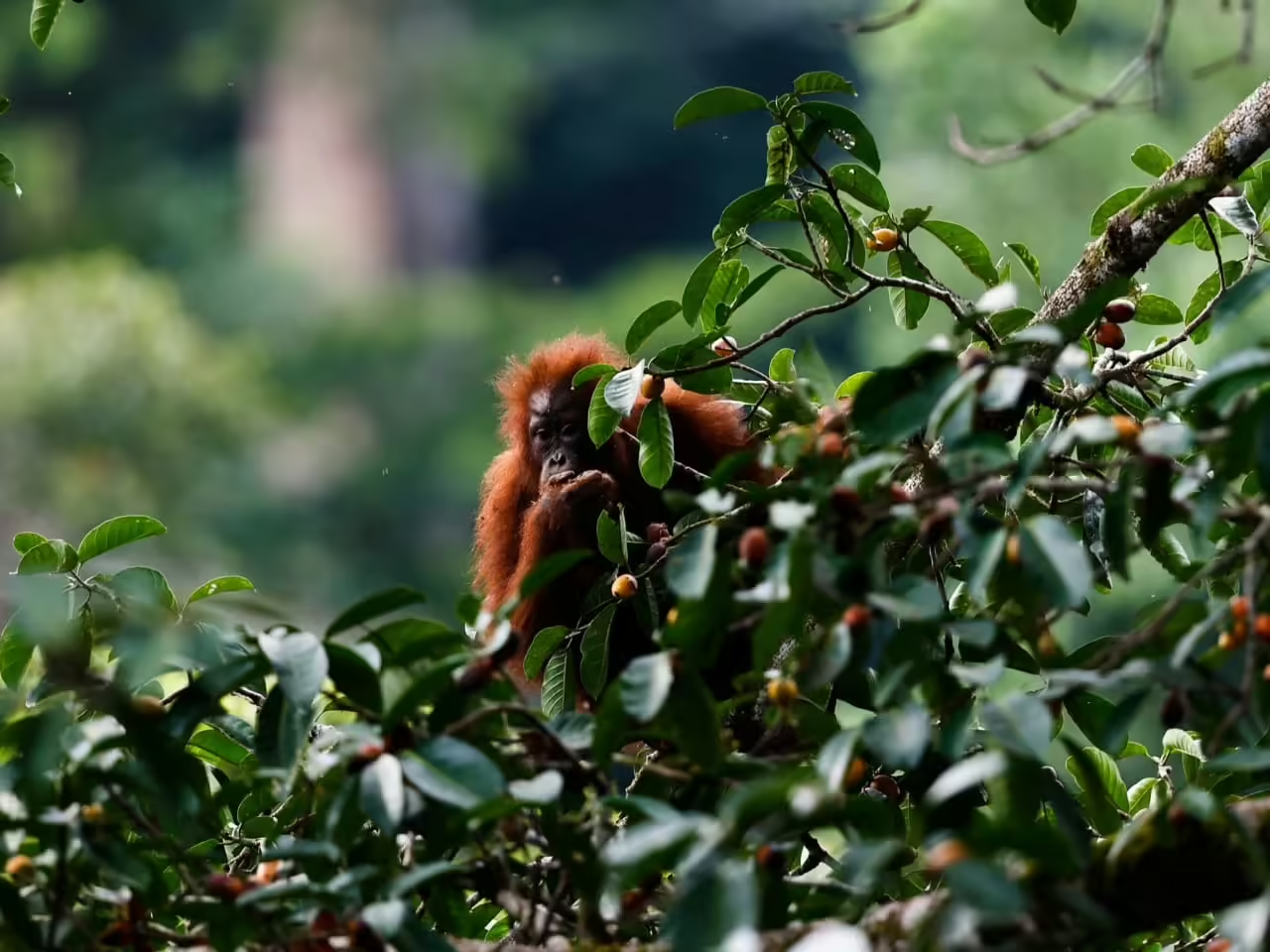Trend Asia looks into Indonesia’s energy transition strategies and says the co-firing program does not have a significant impact on reducing emissions.
The Indonesian government has made the use of co-firing of coal and biomass as one of its four strategies to reduce carbon emissions but the land procurement needed to produce the raw material for the biomass may lead to deforestation, derailing it from achieving its energy transition targets.
Co-firing is a technology to substitute a certain ratio of coal to fuel power plant. with biomass such as wood pellet, oil palm kernels or sawdust. By using 10.2 million tons of biomass for 52 coal fired power plants by 2025, this program is targeted to contribute 3.5 percent to new and renewable energy mix and reduce emissions of carbon and green house gases by 11 million tons each year.
Up until May 2022, a total of 32 coal fired power plants have used the co-firing technology to produce the equivalent to 487 MegaWatt hours(MWh) of electricity. This co-firing is reported to have reduced as much as 184,000 tons of CO2 and green house gases in April 2022.
But reaching that target may not be as simple as it sounds. Mumu Muhajir, a researcher with Trend Asia says the use of co-firing did not result in significant emissions reduction because the government only calculated the reduction of coal used by the power plants but did not consider the deforestation that took place to produce the biomass for the co-firing.
Speaking at a webinar titled ”Dissecting the Indonesian Energy Transition and Co-Firing for Steam Power Plants”, held by the Society of Indonesian Environmental Journalists (SIEJ) and Ekuatorial on December 3, 2022, Muhajir said that a 10 percent co-firing at 52 power plants would need 10.2 million tons of wood pellets per year.
This would need at least 2.6 million hectares of eucalyptus, or 2.7 million hectares for acacia or 1.9 million hectares of Calliandra .
If the production of biomass is to be taken into forest areas, Muhajir said more land use will expand. He detailed that for a 10 percent co-firing 3.8 million hectares are needed to plant acacia, 2.8 million hectares for calliandra and 3.7 million hectares for eucalyptus.
The predicted increase of land use is, according to Muhajir, due to the fact that holders of Industrial Forest Estates (HTI) can only allocate 71 percent of their concessions for energy plant forest (HTE). This limitation could lead to deforestation, or in his words, the loss of forest cover because of permanent conversion into non-forest cover.
Indonesia does not yet have a clear policy on which land is for energy and which for food. And both sides are losing.
Mumu Muhajir, Trend Asia
Further loss of forest cover will lead to worrying level of emissions. Calculation by Trend Asia shows that the total emission from natural forest conversions into HTE reaches 979 million tons of CO2e, for acacia 489 million tons of CO2e, and for eucalyptus 469 million tons of CO2e.
“We are asked to reduce emissions by 2030 but in reality we are adding more emissions,” said Muhajir.
The co-firing program is also taking place amid the chaos in Indonesia’s land management. Muhajir says the government tend to grant land in productive areas and this, he fears, will lead to the race of and the need for land for the raw materials of the co-firing system may have to compete with needs for land to grow food.
“Indonesia does not yet have a clear policy on which land is for energy and which for food. And both sides are losing,” Muhajir said.
Though Indonesia has seen a rise in its biomass consumption — from 9,371 tons in 2009 to 282,000 tons in 2021 — the use of coal continues to see an uptick, from 66 million tons in 2020 to 68 million tons in 2021.
Muhajir underlines, the projected energy transition and use of renewable energy should also be accompanied by commitments to reduce fossil fuel.
“There is no use talking about raising the volume of renewable energy if fossil fuel consumption continues to increase. The CO2 produced from coal is much more than any reduction energy from the use of renewable energy,” said Muhajir.



